The nonprofit that lets girls build the world they want to see
Girls Garage blends arts, power tools, and STEM.
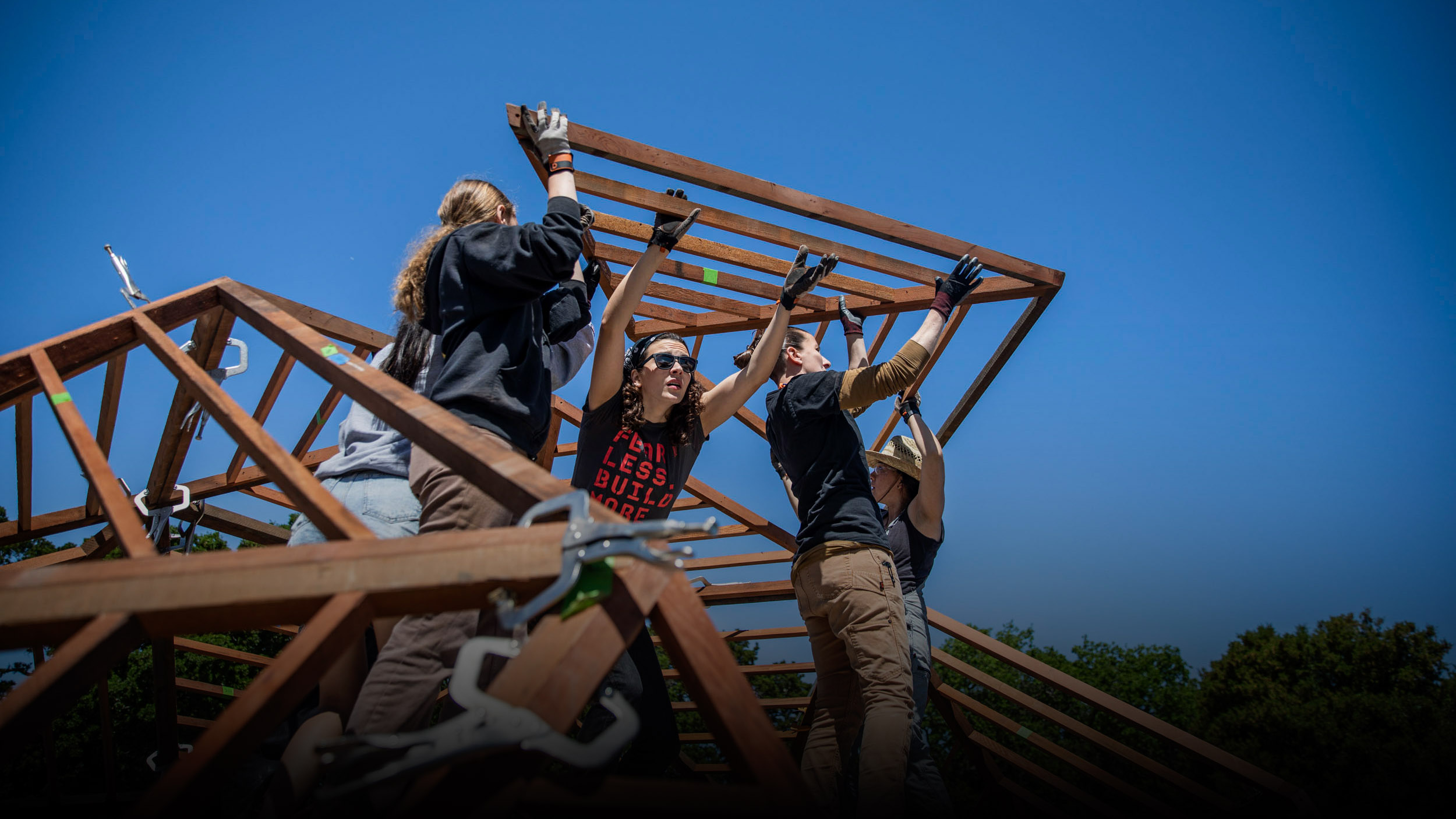
Emily Pilloton-Lam didn’t grow up in a particularly handy household, but she did spend hours and hours outside building treehouses out of logs and sticks: “I was more a spatial and physical thinker,” she says. “And making spaces and changing my environment was one of the earliest ways I began to make sense of the world.”
After studying architecture at UC Berkeley and then at the School of the Art Institute of Chicago, she realized that the traditional world of architecture was not for her. “I quickly discovered that I don’t work well at a cubicle, or for a boss, or without getting to build the ideas that started on paper in front of me,” she says.
She kept coming back to what made her fall in love with building: working with her hands and with other people on projects that mattered. So in 2008, at age 26, she founded a nonprofit called Project H Design (which became Girls Garage in 2013), to equip youth with the personal power and the literal power tools to build the world they want to see.
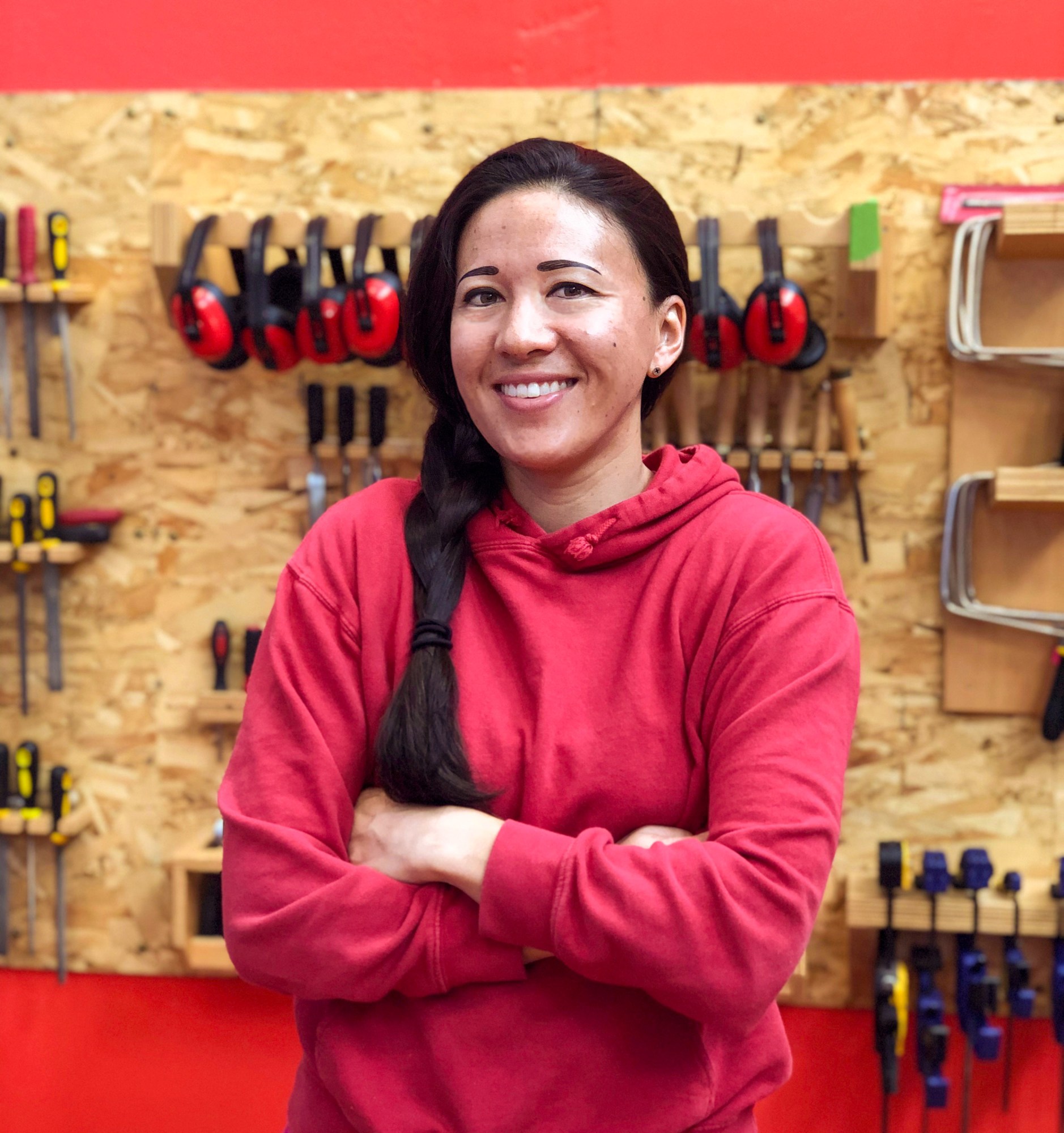
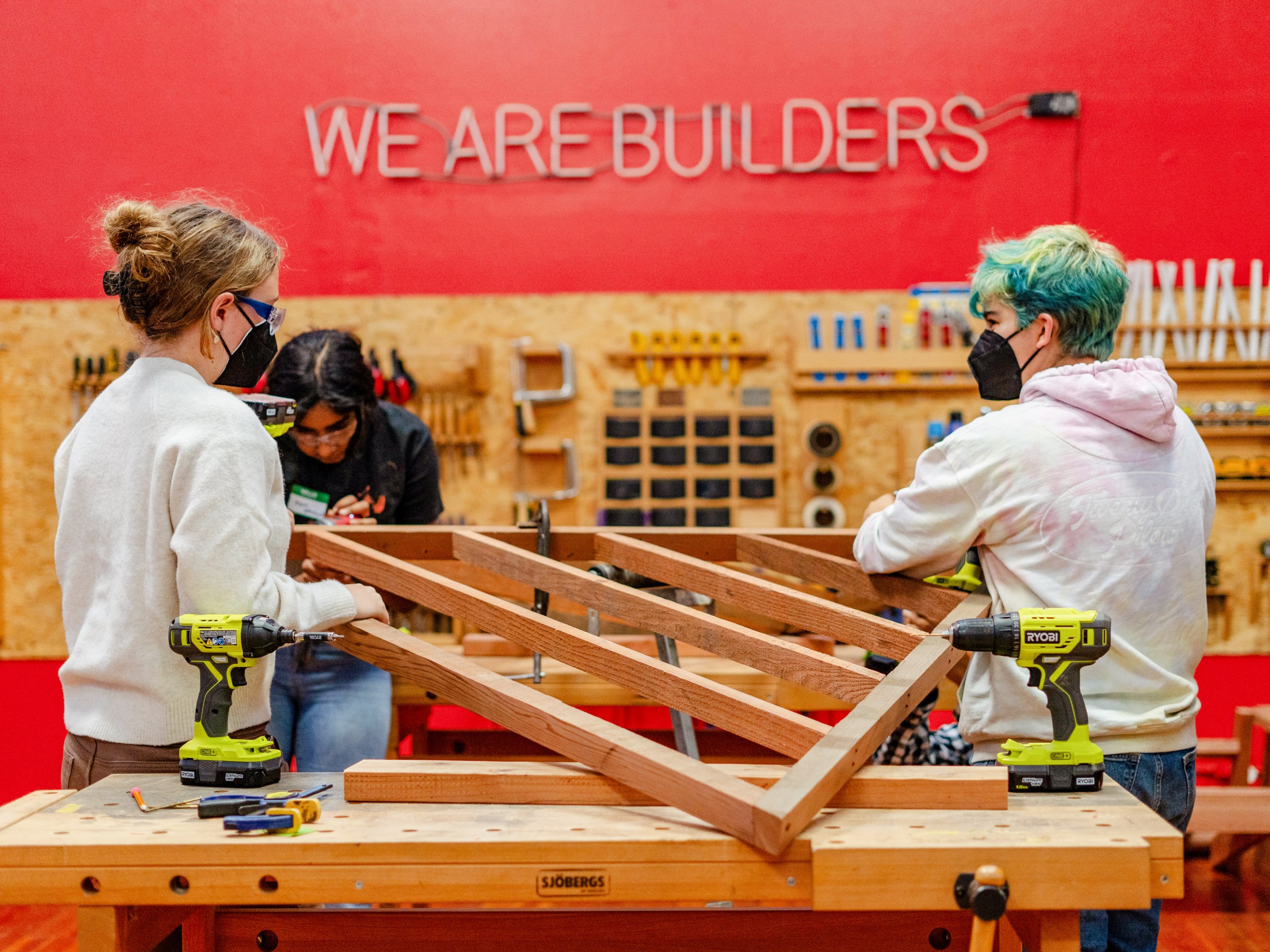
Emily Pilloton-Lam is the founder of Girls Garage, which provides experiential learning for kids through hands-on design and building projects. “We teach students how to use power tools,” she says, “but also how to channel their own power.”
Based in Berkeley, California, Girls Garage is a workshop space created for young women, ages nine to 18, to build things together without what Pilloton-Lam calls “the social layers and calculus of a gendered construction site.” (Currently, only 3.4% of construction trade workers are female.) Pilloton-Lam, whose 2021 TED talk “What if women build the world they want to see?” has over 2.5 million views, works with a team of female instructors, many of whom are program alumni. The immaculately organized, light-filled space has a fully outfitted woodshop (with both power tools and hand tools—all sessions begin with safety training) as well as a print studio. The girls and gender-nonconforming youth who come here might join a weeklong workshop building a chair or making mosaics, or spend a summer or semester on more involved projects (recent ones include a mobile chicken coop for an elementary school, outdoor furniture for a community garden, a bus stop in collaboration with a state transit authority, and bookshelves and benches for a library space in transitional housing). Some 58% of students who participate do so for free or at a reduced fee.
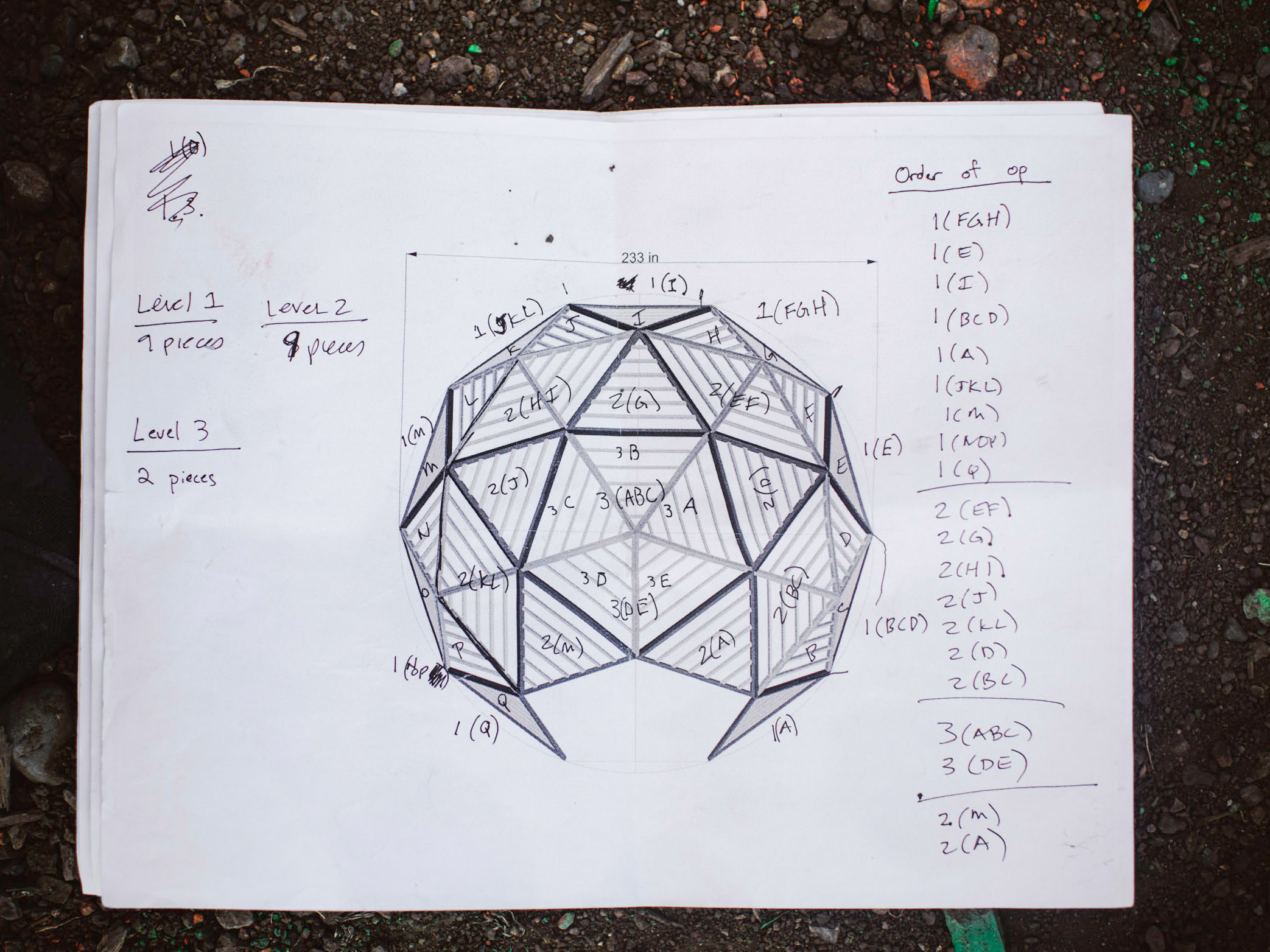
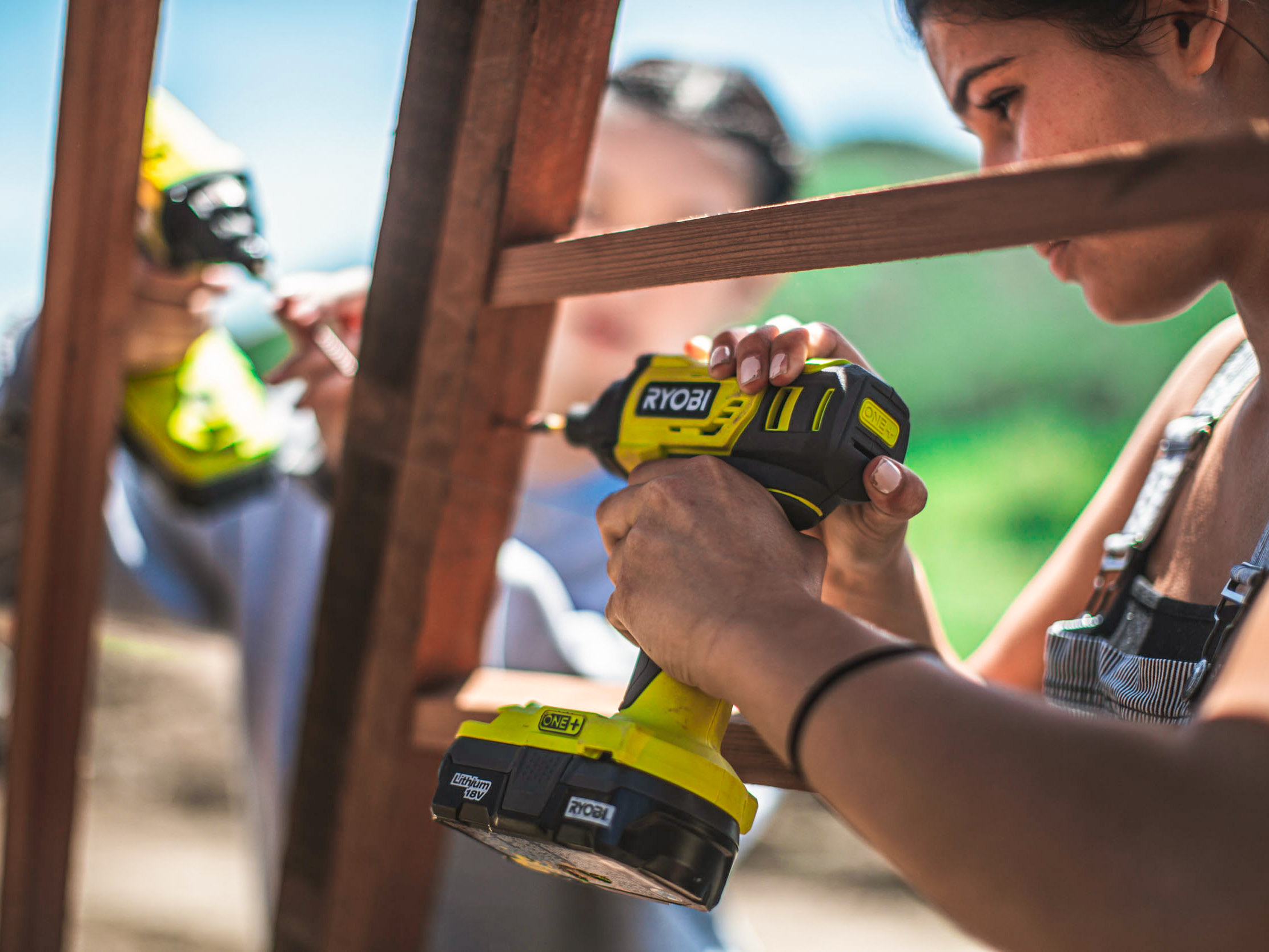
Using reclaimed redwood, a chop saw, and impact drills, students built a 20-foot geodesic dome for the Eames Ranch farm garden in Petaluma, California.
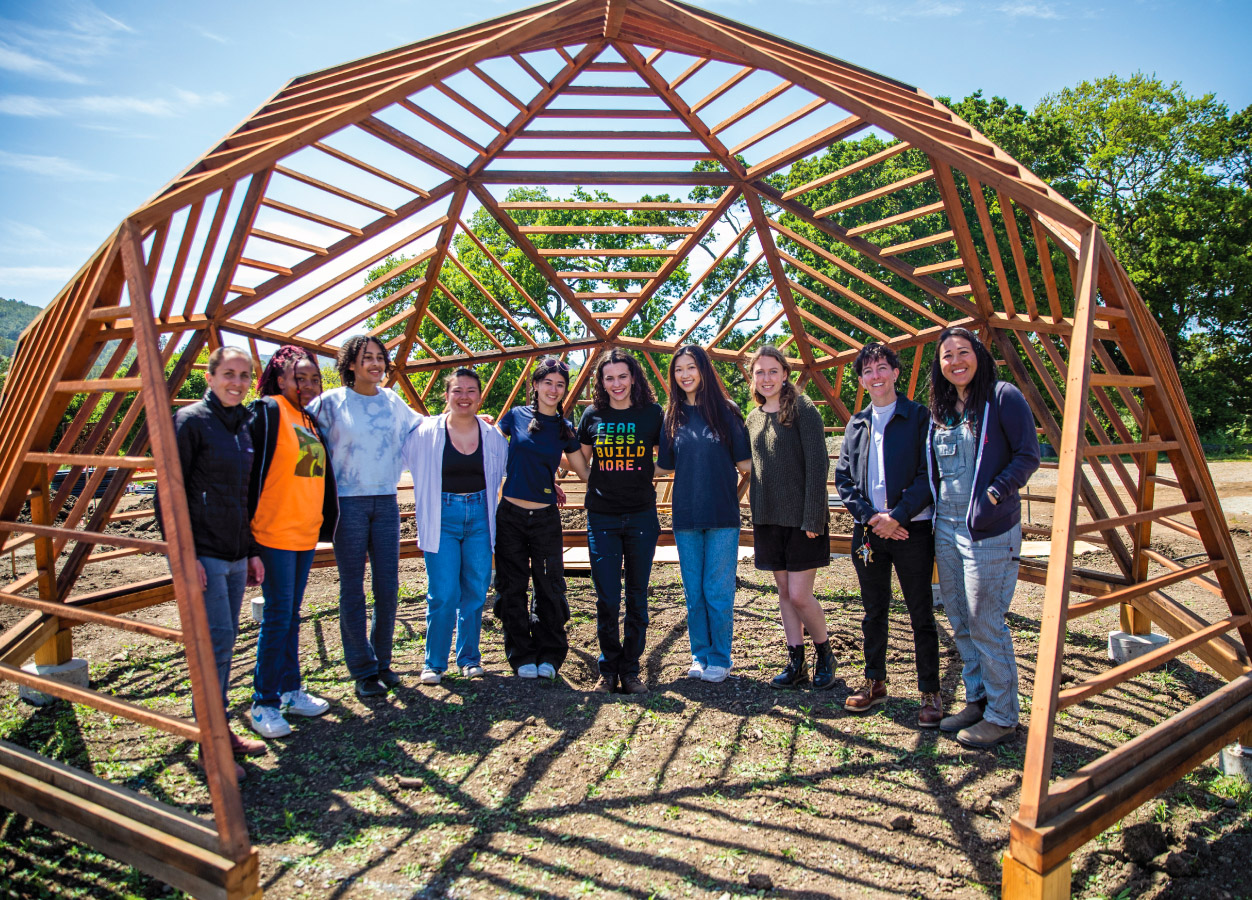
The architecture, engineering, and construction industries are famously slow to innovate. While Girls Garage isn’t trying to push students into the trades, it is, Pilloton-Lam explains, helping to jump-start change in the construction industry through its alumni and projects: “I love the idea of the ‘old guard’ doing a double take when they see an all-female Girls Garage construction site—young and old, all races and identities. I love the idea that our 21-year-old alumna is the project engineer for a multimillion-dollar project in Silicon Valley, and that a jobsite has to answer to her. I think innovation happens when people are challenged (or sometimes forced) to reexamine their assumptions about who’s in charge of what and who’s supposed to do what.”
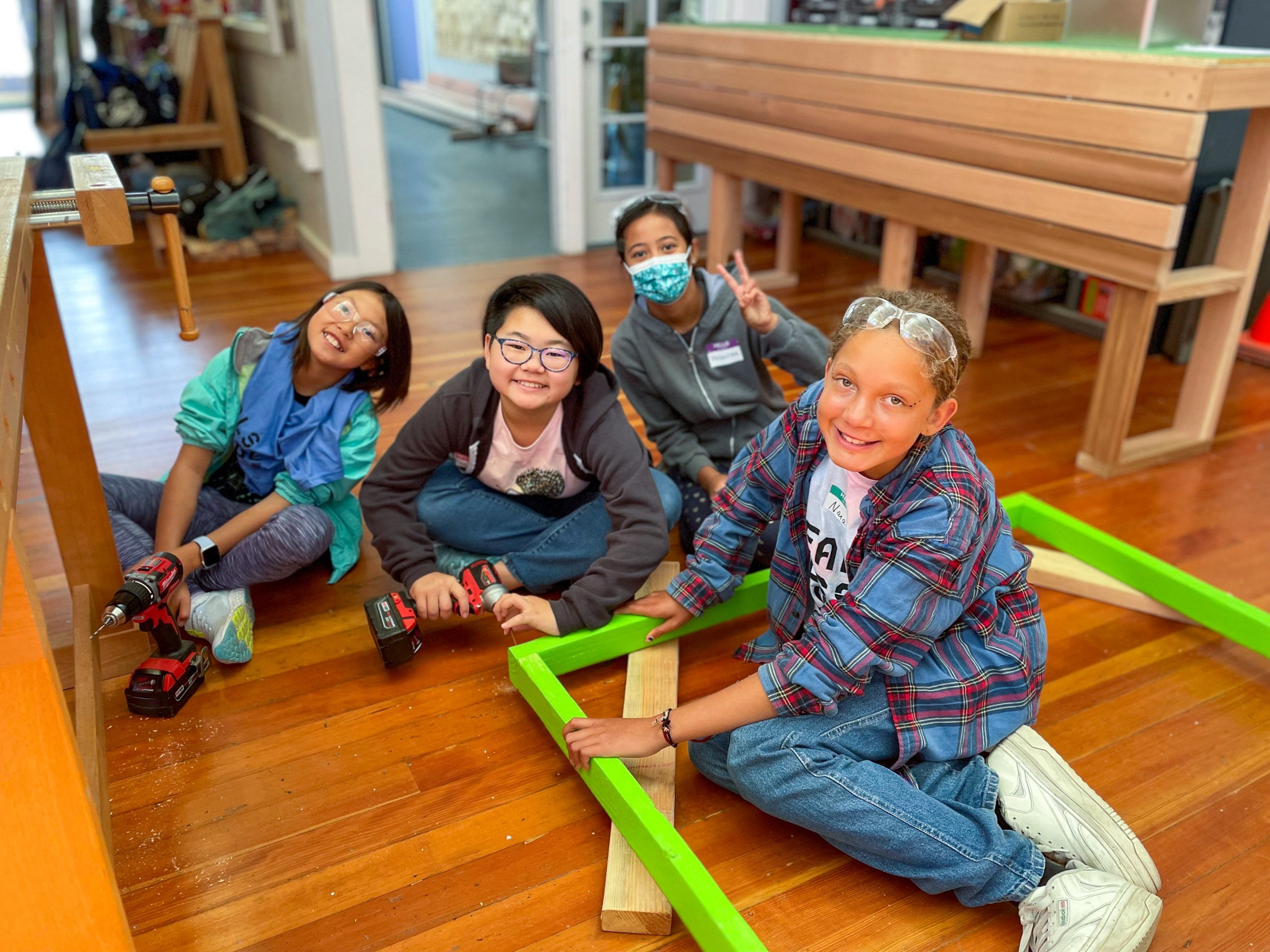
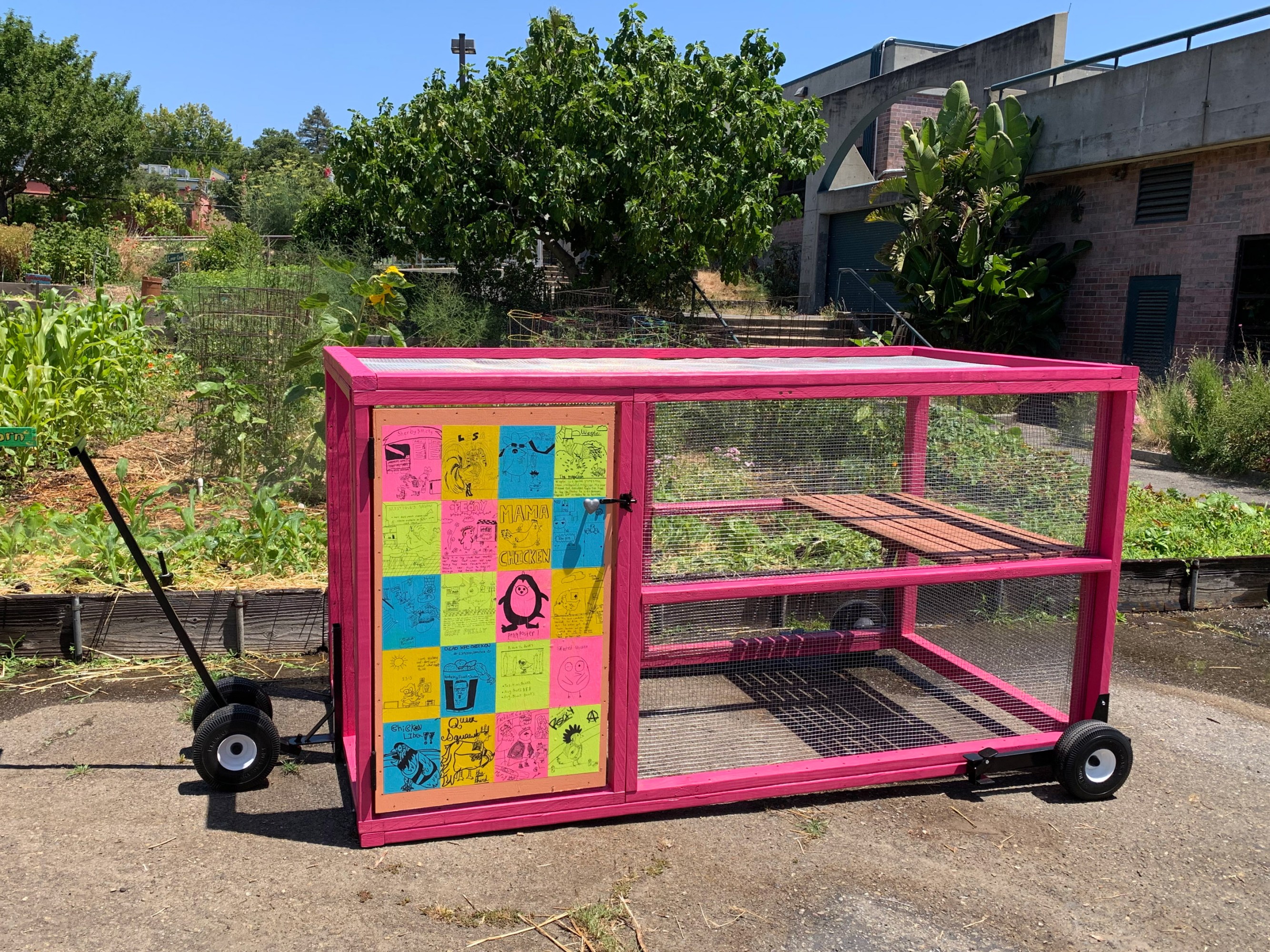
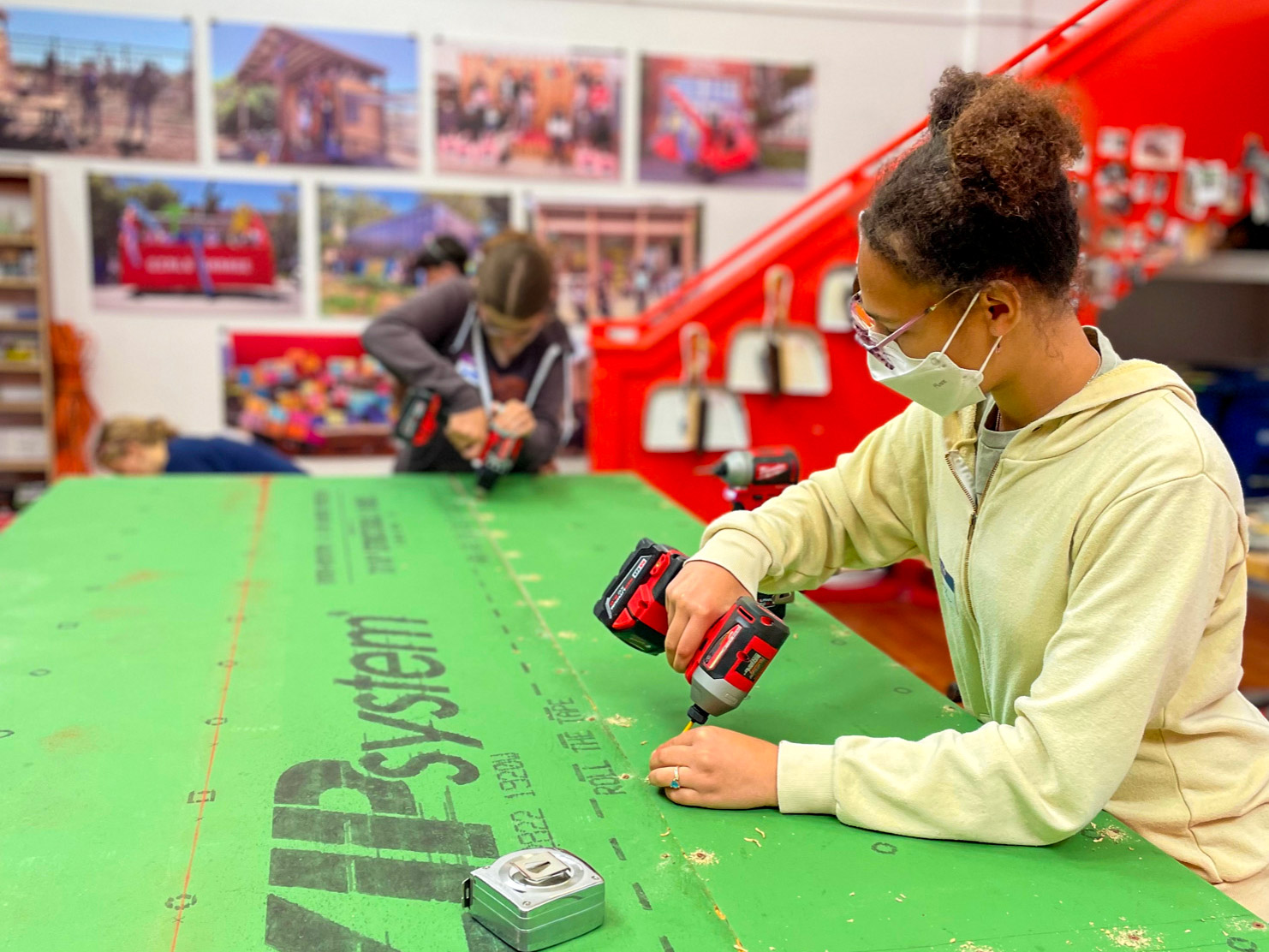
Building at Girls Garage, she continues, “is less about choosing a future path [than it is about becoming] a creator, a builder, an activist, and a young person with both technical and leadership skills that they might apply anywhere.” That said, hundreds of students have come to Girls Garage to either nurture or discover their love of the industries that shape the built environment. Alumni have gone on to college programs in civil engineering and architecture or into apprenticeship or certificate programs in welding. “The idea that these young people came to Girls Garage as fourth and fifth graders and are now in spaces and rooms and jobsites as a different type of leader is incredibly gratifying to watch,” she says.
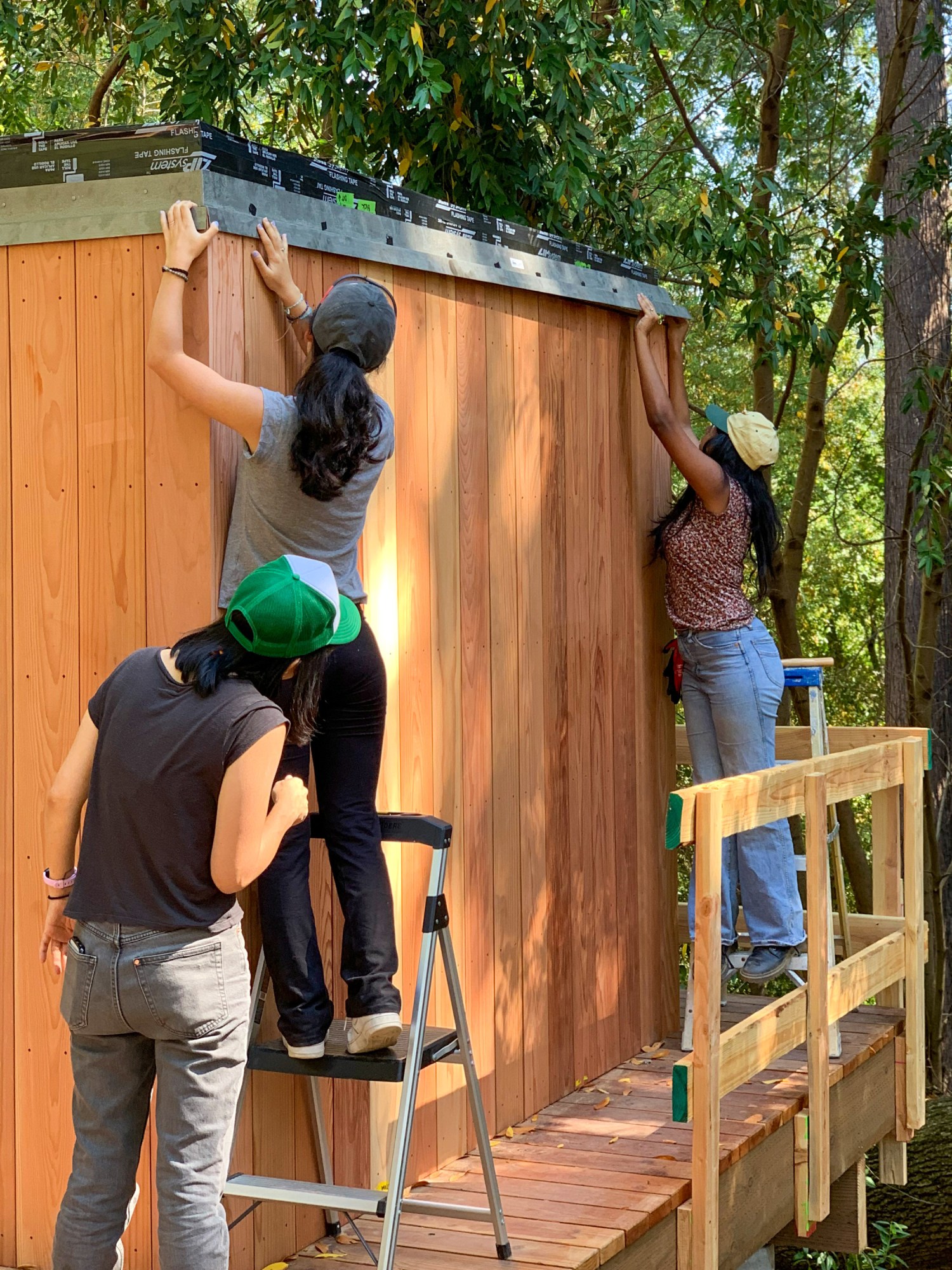
This year, the organization is celebrating its 10th anniversary by moving into a new, larger space (5,000 square feet, double its previous digs), which will allow it to run more classes, take on even grander construction projects, and expand the number of participants. The move, says Pilloton-Lam, “is symbolic of something of such great promise”: that our students “are the authors and builders of the kind of world we all want to see, and they have the space and support to make it so.”
Keep Reading
Most Popular
Large language models can do jaw-dropping things. But nobody knows exactly why.
And that's a problem. Figuring it out is one of the biggest scientific puzzles of our time and a crucial step towards controlling more powerful future models.
How scientists traced a mysterious covid case back to six toilets
When wastewater surveillance turns into a hunt for a single infected individual, the ethics get tricky.
The problem with plug-in hybrids? Their drivers.
Plug-in hybrids are often sold as a transition to EVs, but new data from Europe shows we’re still underestimating the emissions they produce.
Stay connected
Get the latest updates from
MIT Technology Review
Discover special offers, top stories, upcoming events, and more.